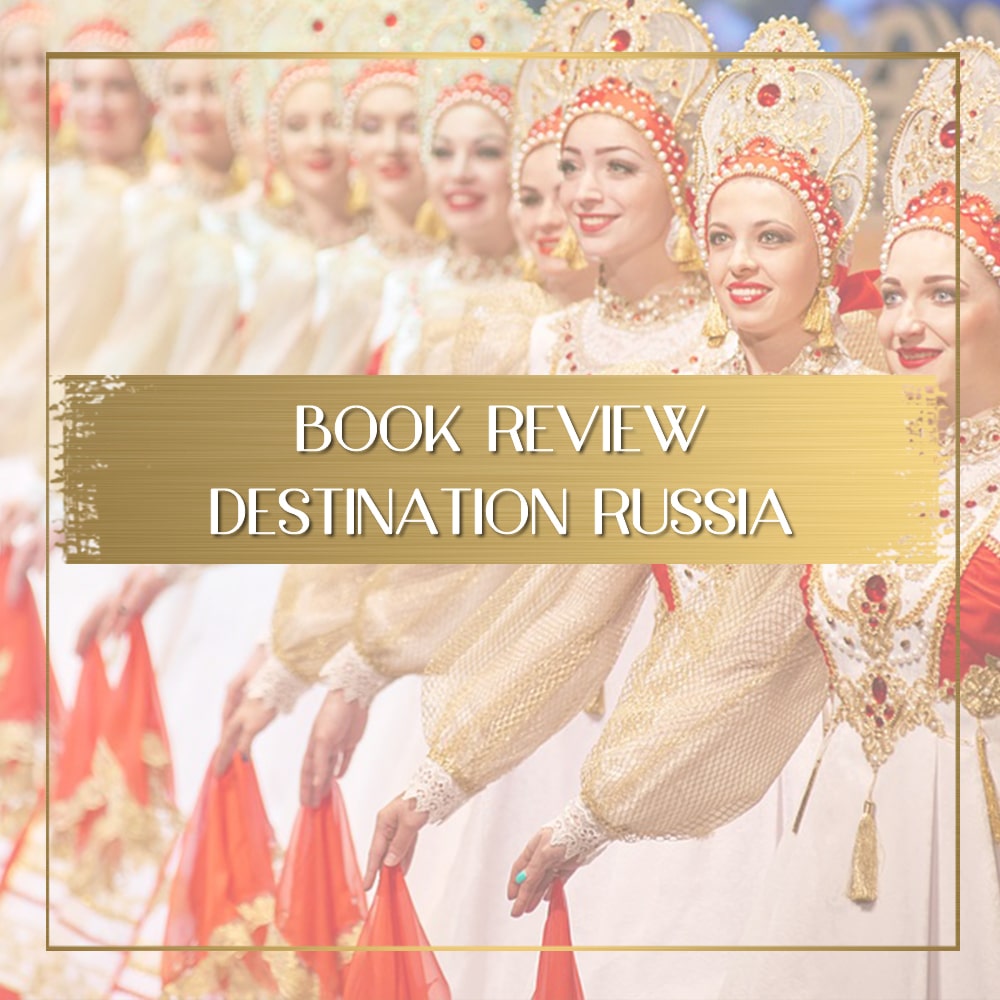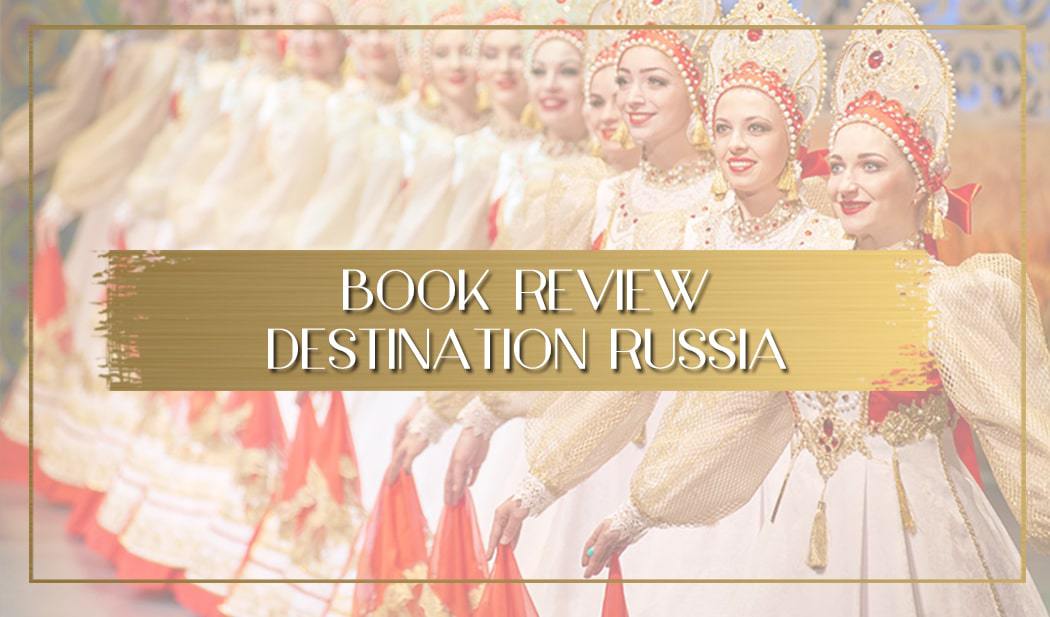Before traveling on the Trans-Siberian, my impressions of Russia were limited to the USSR, the Cold War, World War II, the Bolshevik Revolution, communism, caviar and Russian water, vodka.
I had met several Russians along the way and had studied Contemporary European history at school with awe and obsession, imagining how the regal Tsars would have lived and what this mythical land called Siberia would feel like.
While all of these are valid and correct elements of Russian history, they were a very narrow image of the world’s largest country home to 200 million people and spanning six time zones from the Sea of Japan in the east to the European parts in the west.
Russia is a mysterious land for many, the place where the sun never sets (or rises), where temperatures can drop so low in winter that some parts never cross above freezing point or where women outnumber men, as a result of dramatic alcoholism.
Whatever your notion of the country is, nothing beats the real-life experience or visiting the country, especially if you do so like I did, across Russia’s five time zones, from Moscow to Ulaanbaatar in Mongolia, onboard the epic Golden Eagle’s luxury train.
Every day, we woke up to a new destination and covered hundreds of kilometers onboard one of the most luxurious trains there is. We were greeted by local guides at each destination and we spent days learning all about it.
It was not just the exclusive experiences that awaited at every stop, but the friendliness of the Russian people, always ready for warm exchanges even if their expressions seemed to be saying “I can kill you with my eyes closed”.
Reading Destination Russia transported me back to my journey and reminded me of how memorable and especially eye-opening it was thanks to the author and his wife’s stories.
It also made me want to return to the country and to the same places Roberta and Fabio visited, some of which I also explored during my trip, albeit without the meaningful interaction with the locals the book centers on.
Destination Russia’s plot
“Destination Russia. A ship and a cat in the tundra and other extra-ordinary encounters” is a collection of 13 short stories taking place across some of the former USSR countries as well as Russia’s vast territory in what appears to be mostly the dead of winter.
Through these stories, the author manages to take the reader on a ride from buzzing Moscow to the farthest most remote parts of the country where Russia’s minorities live, usually by train. But the landscapes or locations are not the main characters of this book, people are.
Thanks to control of the language, the author and his wife build memories made of often simple interactions with the locals. We learn of unexpected and contrived marriages, the trans-siberian train and of life in the coldest parts of the world, but also of intense human emotions.
Buy the book here
This is not a travel book, or a book about Russia, but a book about Russians. You will read about the most well-known and remarkable landmarks in some of the destinations in passing, but the focus is on the people, their traditions, their ways of life and their resilience.
Destination Russia is a chance to get closer to a culture that is often hard for foreigners to penetrate. English is hardly spoken outside of the cities and visitors tend to stick to the main sites, being mere spectators of Russian culture rather than partaking in it.
The author brings insights into what others may have just been observers of. As a result, even those who have visited Russia will see their experiences explained in the book and hopefully find meaning in what appeared to be a random or explained act.
My thoughts on Destination Russia
Destination Russia took me back to places I had already seen, like the majestic Lake Baikal, dynamic Moscow or the border town of Ulan-Ude, as well as to the many more I didn’t explore, from cultured St. Petersburg to the frozen Arctic Circle areas.
It awoke a desire to visit in a different way guidebooks do: by giving the locals a voice. It is the same feeling I had when I ventured on the Trans-Siberian, although then the experience hinged on the cultural elements and the stories shared by the guides, not so much on the interactions we had with the locals which were always limited by the language barriers.
I finished the book in one go with a wish to return to Russia and to explore its remote parts, meet its people again and learn more about this unique country.
Don’t forget to Pin this post to your book list!

